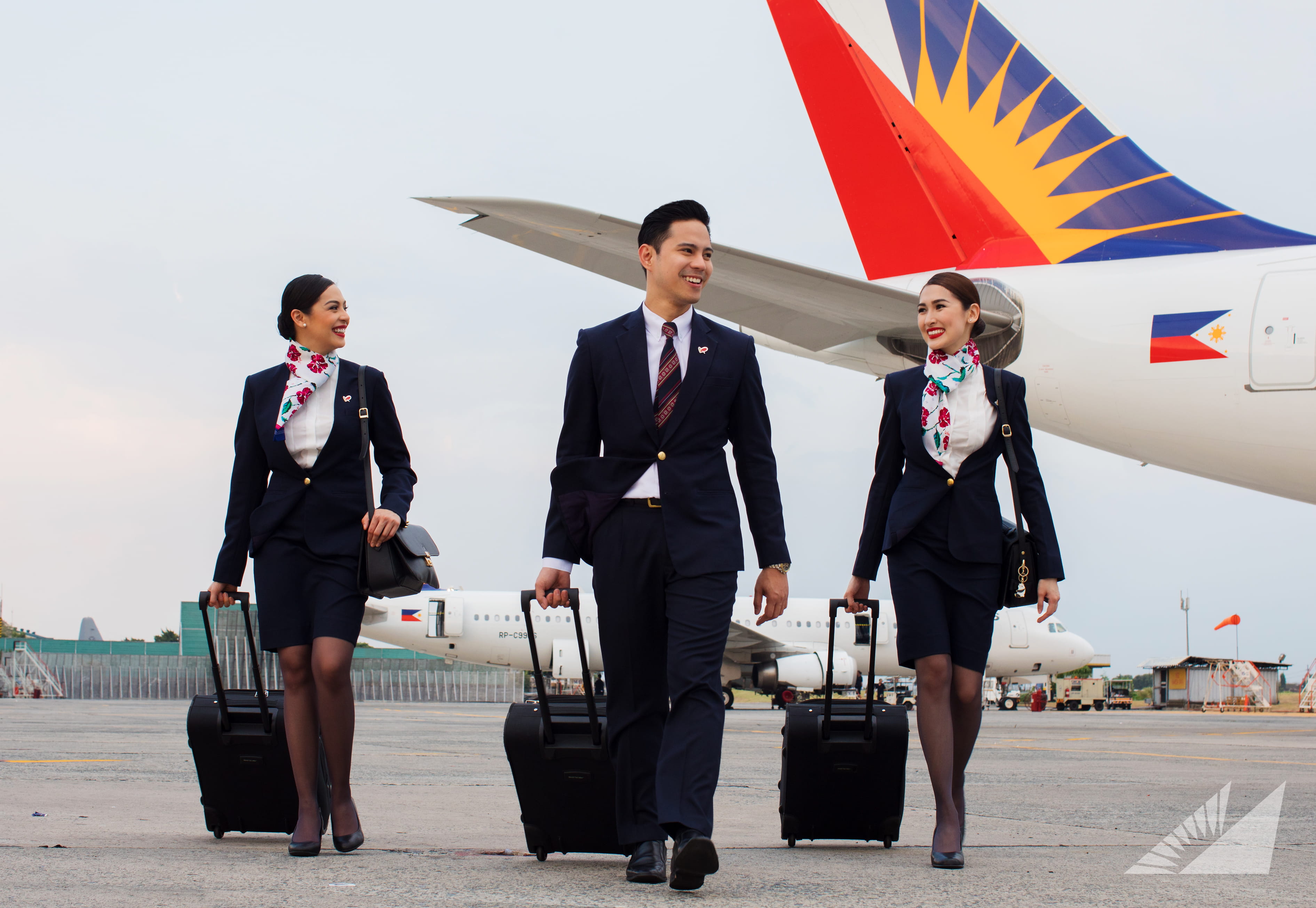Access selected deals available with budget and full-service airlines
Lock any airfare that sounds great. You don’t lose anything if you cancel it
Call us anytime for any assistance. We do not go into hibernation
Your personal and financial information stays secure with us
Philippine Airlines (PAL), officially Philippine Airlines, Inc., is the flag carrier of the Philippines and Asia’s oldest commercial airline operating under its original name. Headquartered at the PNB Financial Center in Pasay City, PAL has played a pivotal role in connecting the Philippines to the world since its inception in 1941. Below is a comprehensive overview of PAL’s history, operations, fleet, services, challenges, and future outlook.

Philippine Airlines traces its origins to the Philippine Aerial Taxi Company, established in 1931 by entrepreneur Andres Soriano. The company was shut down in 1939 and replaced by Philippine Air Lines, which launched its inaugural flight on March 15, 1941, from Makati to Baguio with a Beechcraft Model 18 carrying five passengers. Despite the looming threat of World War II, PAL persevered, suspending operations during the war and resuming in 1946. That year, PAL became the first Asian airline to cross the Pacific, operating a Douglas DC-4 flight from Manila to Oakland, California. Designated as the national flag carrier in the late 1940s, PAL expanded rapidly, serving domestic and international routes.
The airline’s history includes periods of privatization and nationalization. In 1966, Benigno Toda Jr. acquired a majority stake, privatizing PAL. It was re-nationalized in 1977 under the Government Service Insurance System, then privatized again in 1992 under Antonio Cojuangco’s leadership. Businessman Lucio Tan became the majority stockholder in the mid-1990s, and he remains PAL’s Chairman and CEO, the longest-serving chief executive in the airline’s history. PAL faced significant challenges, including the 1997 Asian financial crisis, which led to the termination of several long-haul routes and a 14-day operational shutdown in 1998, during which Cathay Pacific temporarily operated some of PAL’s international services.
In 2010, the European Union imposed a ban on Philippine carriers due to safety concerns, despite favorable International Civil Aviation Organization assessments. The ban was lifted in 2013, allowing PAL to resume European operations with flights to London Heathrow using Boeing 777-300ERs. The airline underwent financial restructuring in 2021 under the U.S. Chapter 11 process, emerging with reduced debt and fresh capital to support its recovery.
As of 2025, PAL operates a fleet of approximately 53 aircraft, including Boeing 777-300ERs, Airbus A350-900s, Airbus A330-300s, Airbus A321neos, Airbus A321ceos, and De Havilland (Bombardier) Q400s for its regional subsidiary, PAL Express. The fleet is one of the youngest globally, with an average age of under 10 years. PAL has ordered nine Airbus A350-1000s, with deliveries starting in Q4 2025, to enhance its long-haul capacity.
PAL operates from four hubs: Ninoy Aquino International Airport (Manila), Mactan-Cebu International Airport, Clark International Airport, and Francisco Bangoy International Airport (Davao). The airline serves 33 domestic destinations, including popular island resorts like Boracay and Palawan, and 39 international destinations across Asia, North America, Australia, the Middle East, and Europe. Key routes include Manila to Los Angeles, San Francisco, New York (JFK), Vancouver, Toronto, Brisbane, and a new Seattle service launched in October 2024. PAL is the only Philippine carrier offering direct flights to the U.S. mainland, Hawaii, Canada, New Zealand, and Western Europe.
The airline has expanded its network through codeshare agreements with Qatar Airways, Saudia Airlines, and LATAM, and a partnership with Alaska Airlines allows passengers to earn and redeem miles on PAL flights starting in 2025. PAL’s cargo division supports global supply chains with port-to-door services, transporting essential goods to major markets.